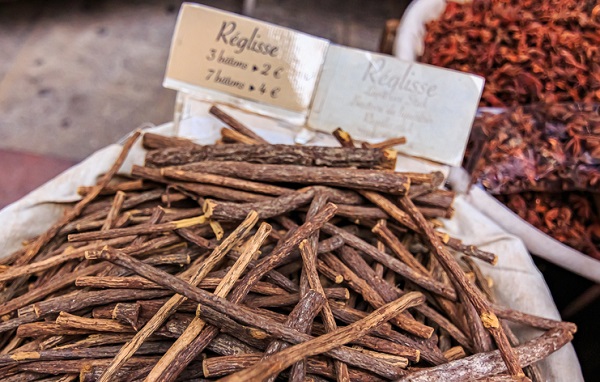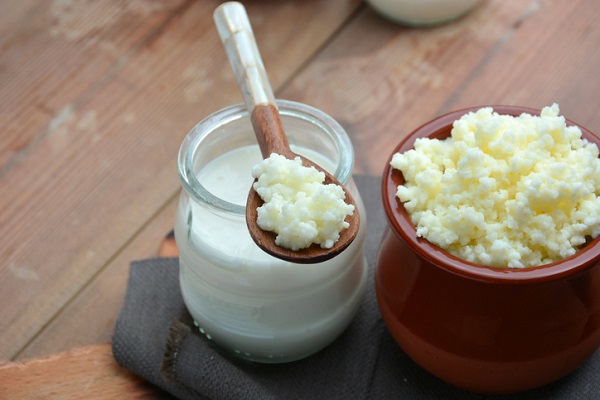
In November 2019, the BC Centre for Disease Control began a collaboration with the BC Institute of Technology to test over 700 bottles of kombucha from all over Canada for their alcohol content. What prompted this study? Although kombucha has been commercially distributed for decades and the amount of alcohol allowed is regulated, procedures for transport, storage, and testing are still a little murky.
If you are interested in the scientific fundamentals of nutrition, the history, processing, and regulation of fermented drinks provide a framework to consider several aspects of food processing and how it relates to health. Fermentation refers to a metabolic process where sugars and microorganisms create changes in beverages and foods. Take a look at these fermented drinks to see the bigger picture.
Root Beer Isn’t Made from Roots Anymore
Most of the root beer that’s for sale now is just like other sodas, which are artificially flavoured and carbonated rather than brewed and fermented. For those who are interested in sport and nutrition training, root beer may seem like a lost cause when considering healthy diets. However, the original ingredients were, indeed, related to an idea of health.
- Sassafras
- Sarsaparilla
- Ginger
- Liquorice
- Dandelion root

A little liquorice root can go a long way if you want to do your own brew of traditional root beer
These roots and herbs were combined with water, sugar, and yeast to create root beer. When these elements are combined, bubbles and other by-products add to the nutritional properties and flavour of the drink.
A Case Study for Students in Nutrition and Health Training: Kombucha
Kombucha has a long history—from around 220 B.C. in Northeast China to a 1960’s study in Switzerland that compared the benefits of the drink to those of yogurt. Today, it is a popular and widely available drink found in many different stores. Why might students who are doing nutrition and health training want to know more? After the fermentation process kombucha usually contains the following:
- Probiotics
- Polyphenols
- B-vitamins
- Vitamin C
- Organic enzymes
- Amino and organic acids

Creating and taking care of the SCOBY is one of the most important parts of making kombucha
The precise ingredients and nutritional value, flavour, caffeine content, and ABV of kombucha all vary depending on the two-stage fermentation process. The first is with the SCOBY (symbiotic colony of bacteria and yeast), also known as the mother, which feeds off of added sugar and caffeine. The second is in sealed bottles, without the SCOBY, and that’s when bubbles and alcohol can develop.
Are Kefir Grains Actual Grains?
Similar to kombucha, the fermentation process for kefir creates a sour taste. One big difference between these two fermented beverages is that kefir is dairy based. Some people compare it to drinkable yogurt because of its texture and its sour yogurt flavour. Here are the ingredients that go into kefir:
- Cow’s or goat’s milk
- Kefir grains: these are actually colonies of yeast and lactic acid bacteria
- Time: the lactic acid bacteria break down the lactose in the milk for about 24 hours

Some people compare the look of kefir grains to cauliflower
That’s it! The kefir grains act on the sugars in the milk to ferment it before the liquid is strained. This all creates a drink that has protein, calcium, phosphorus, vitamin B12, riboflavin (B2), magnesium, and some vitamin D. Although there is more to be learned about how these drinks affect gut-health, it’s clear why nutrition and health experts are paying attention to fermentation.
Want to know more about a nutrition diploma program?
Visit the Academy of Applied Pharmaceutical Sciences today!



